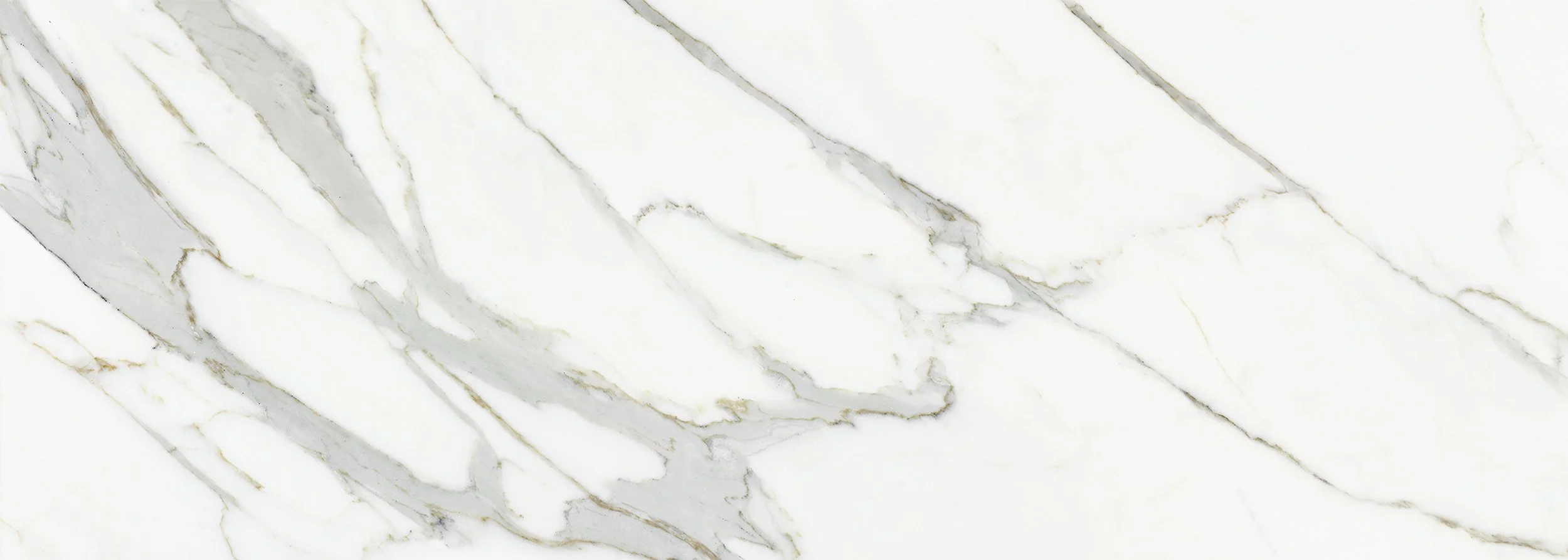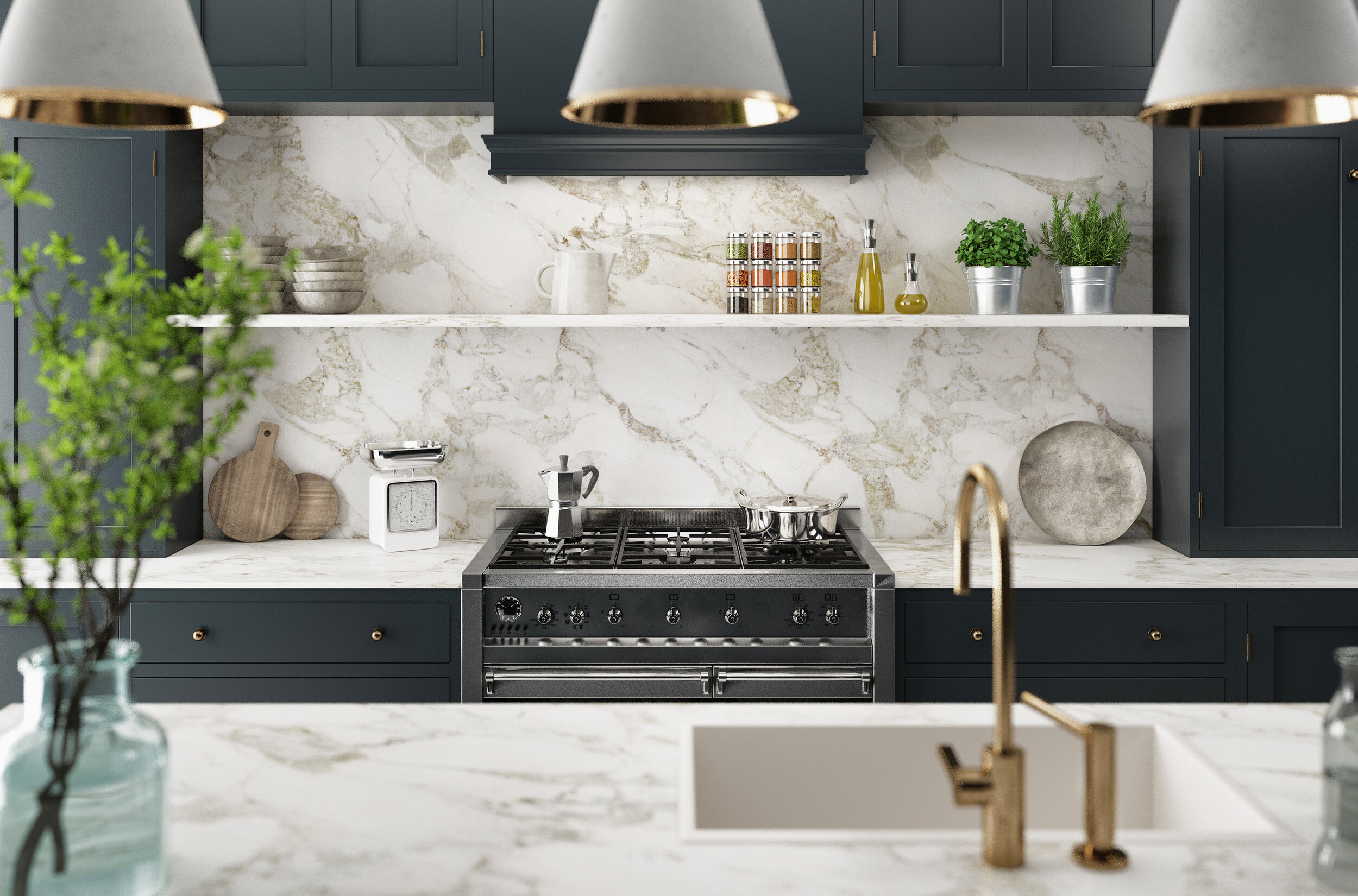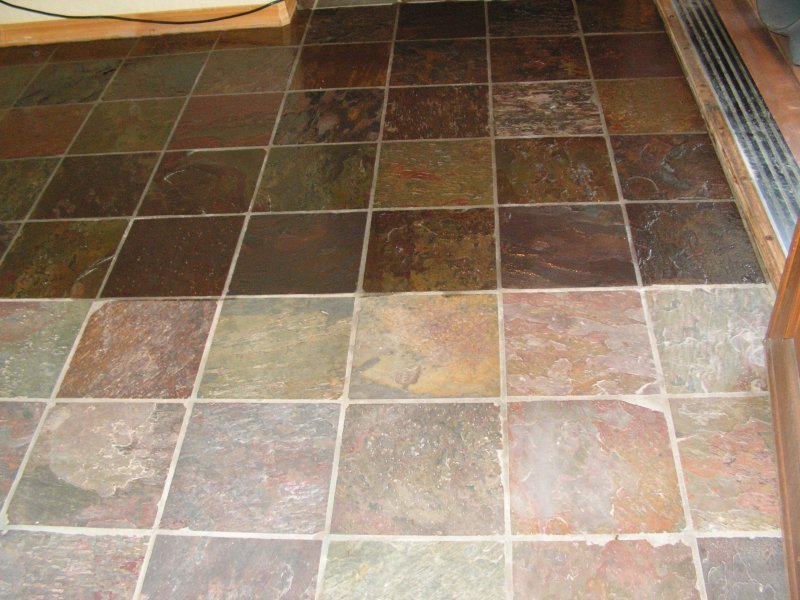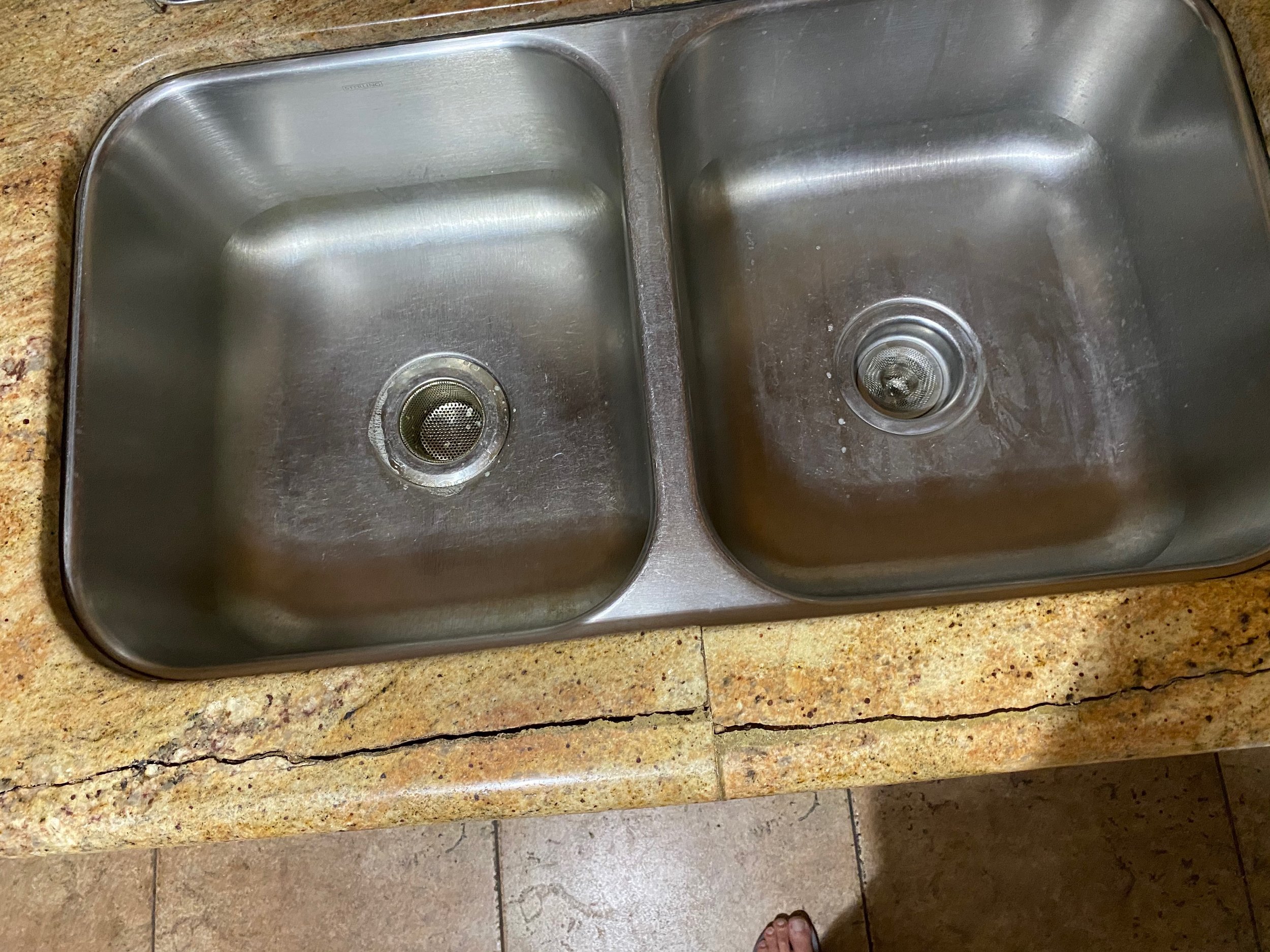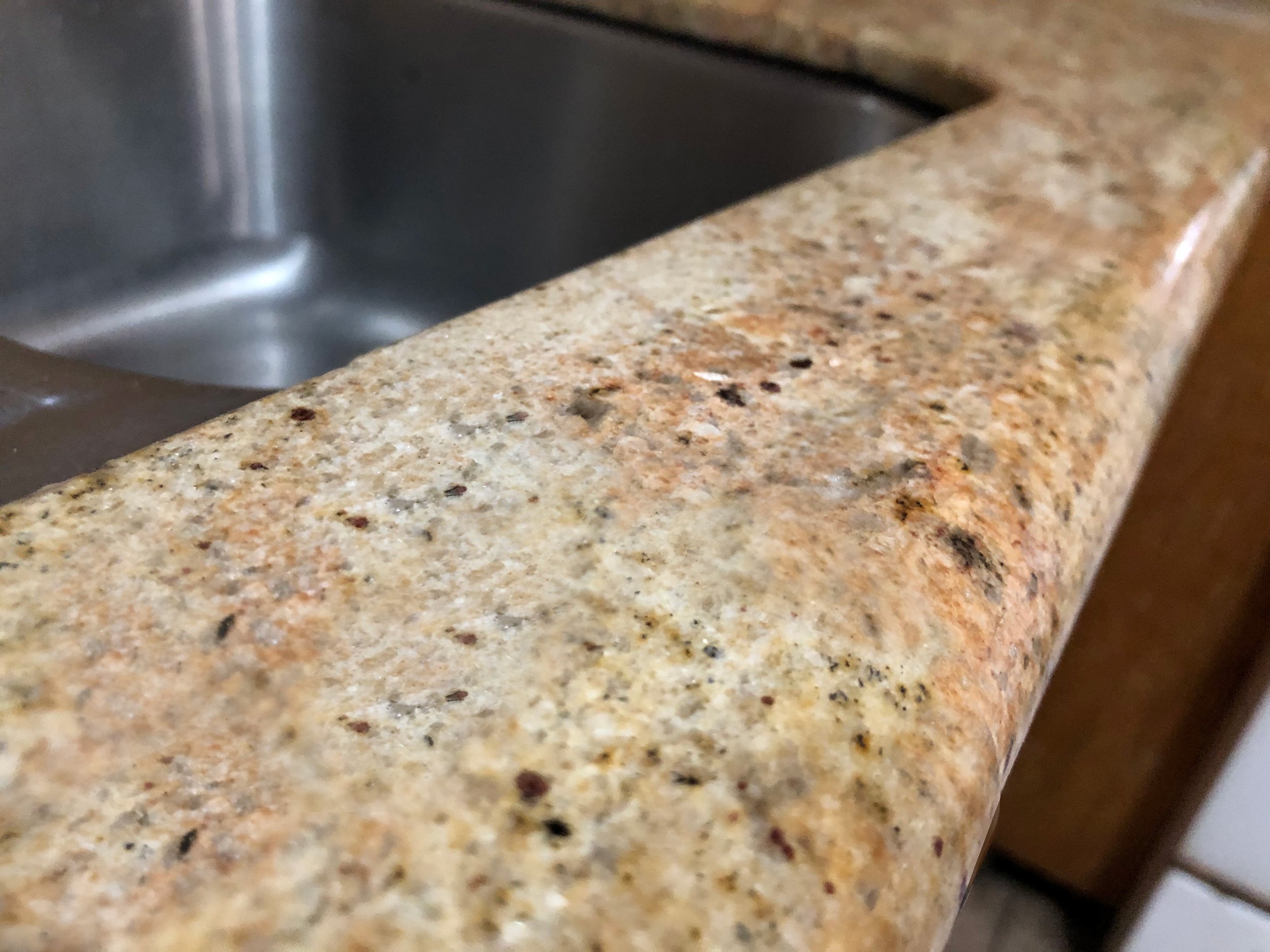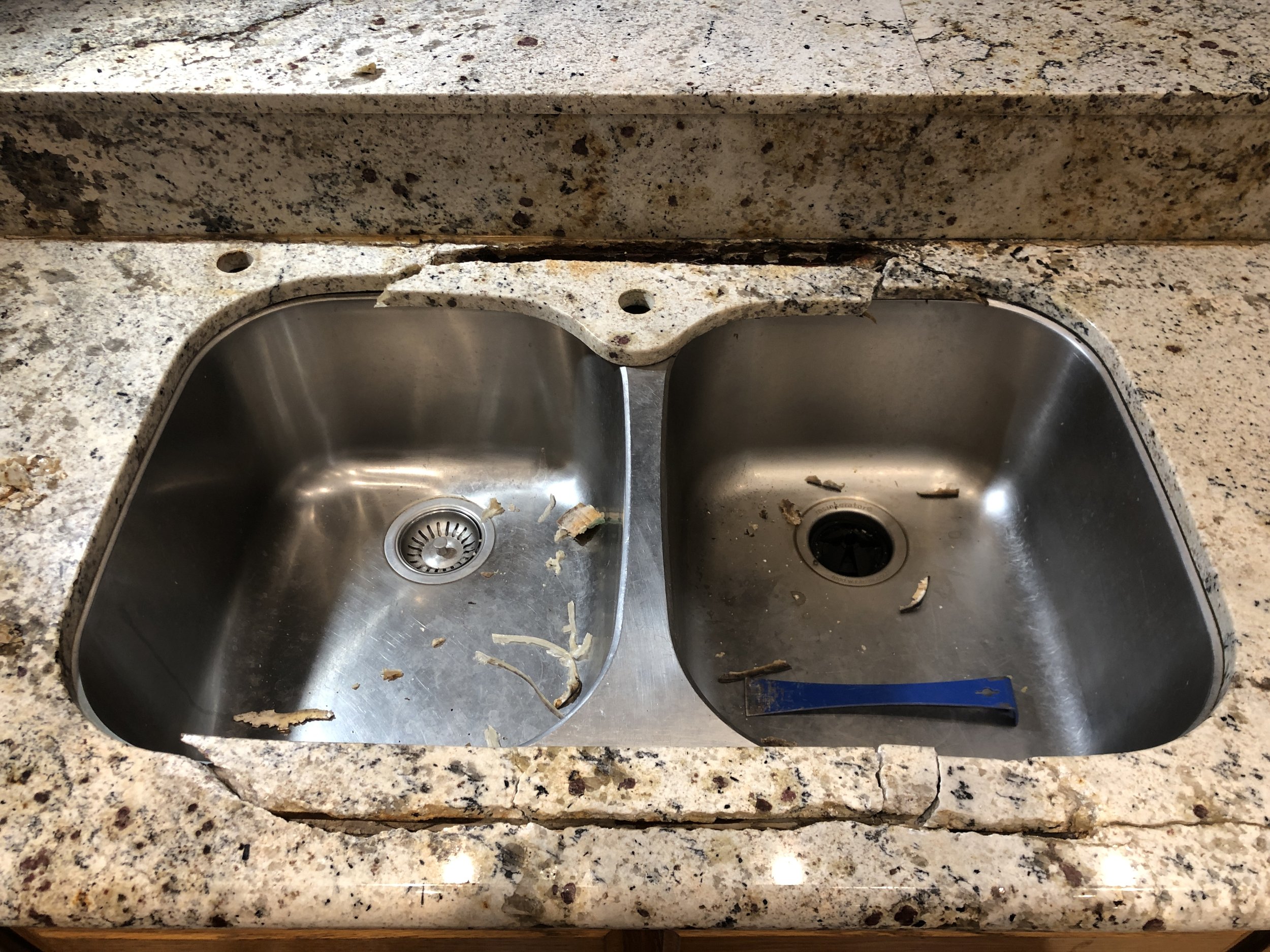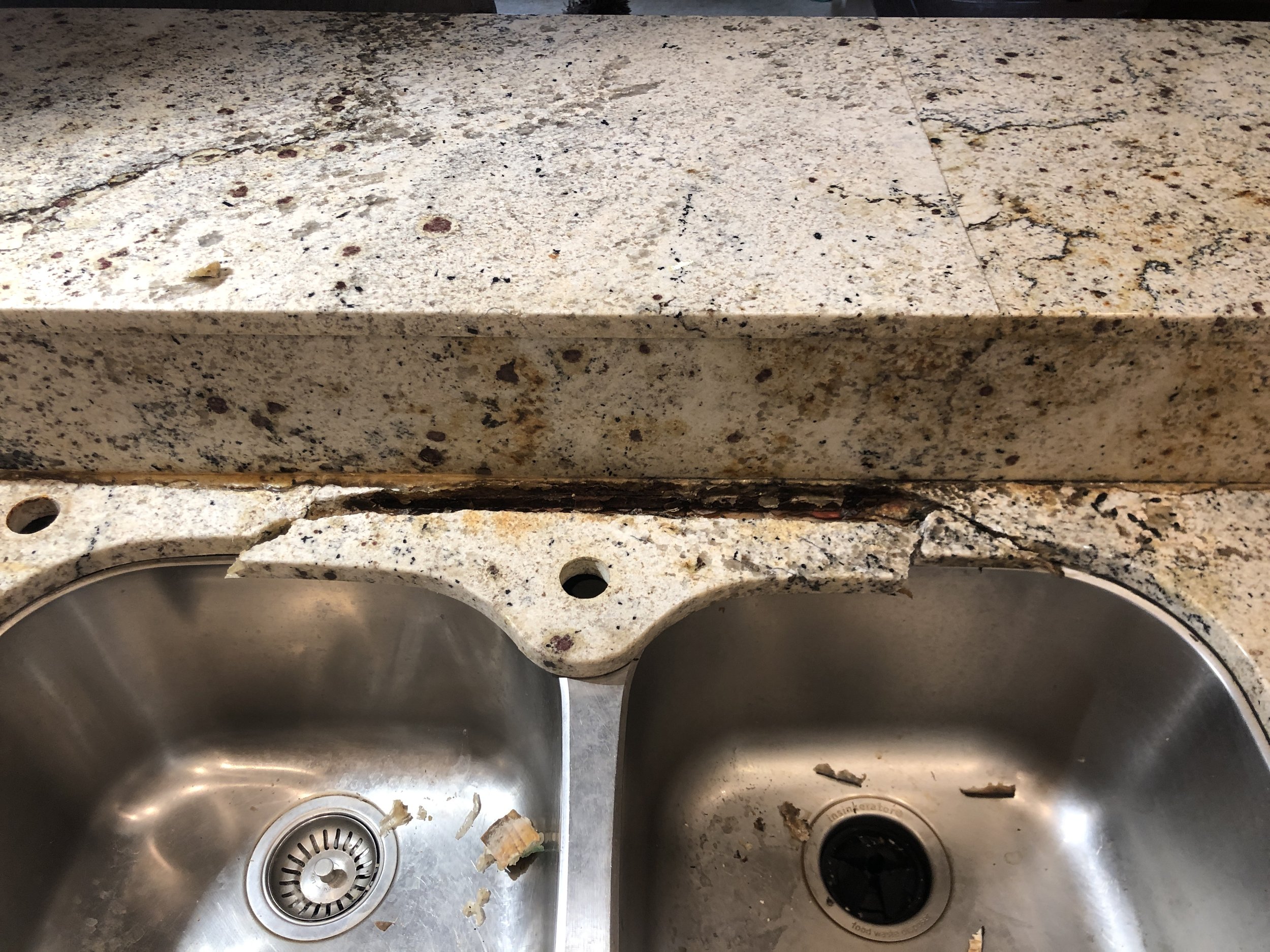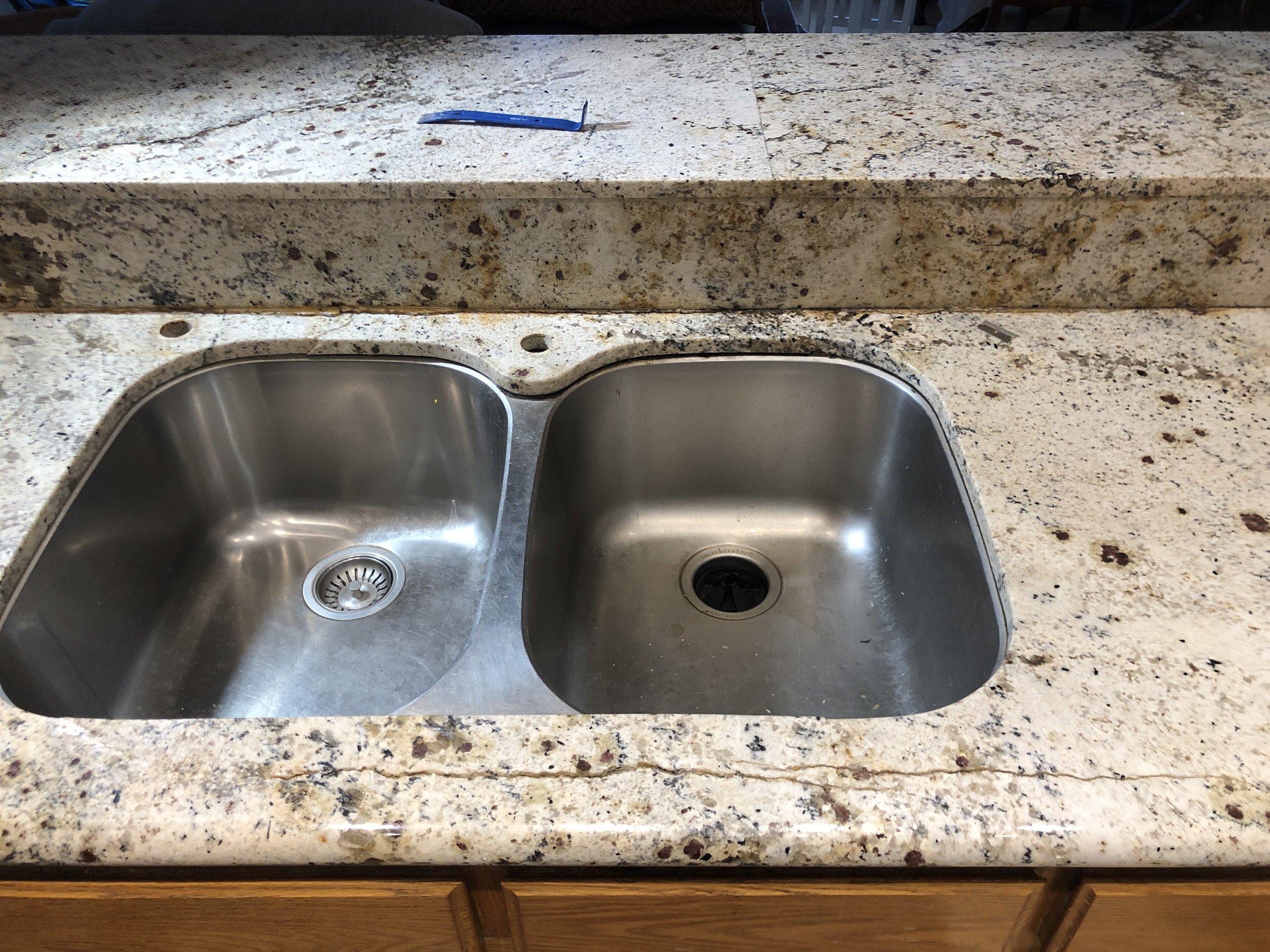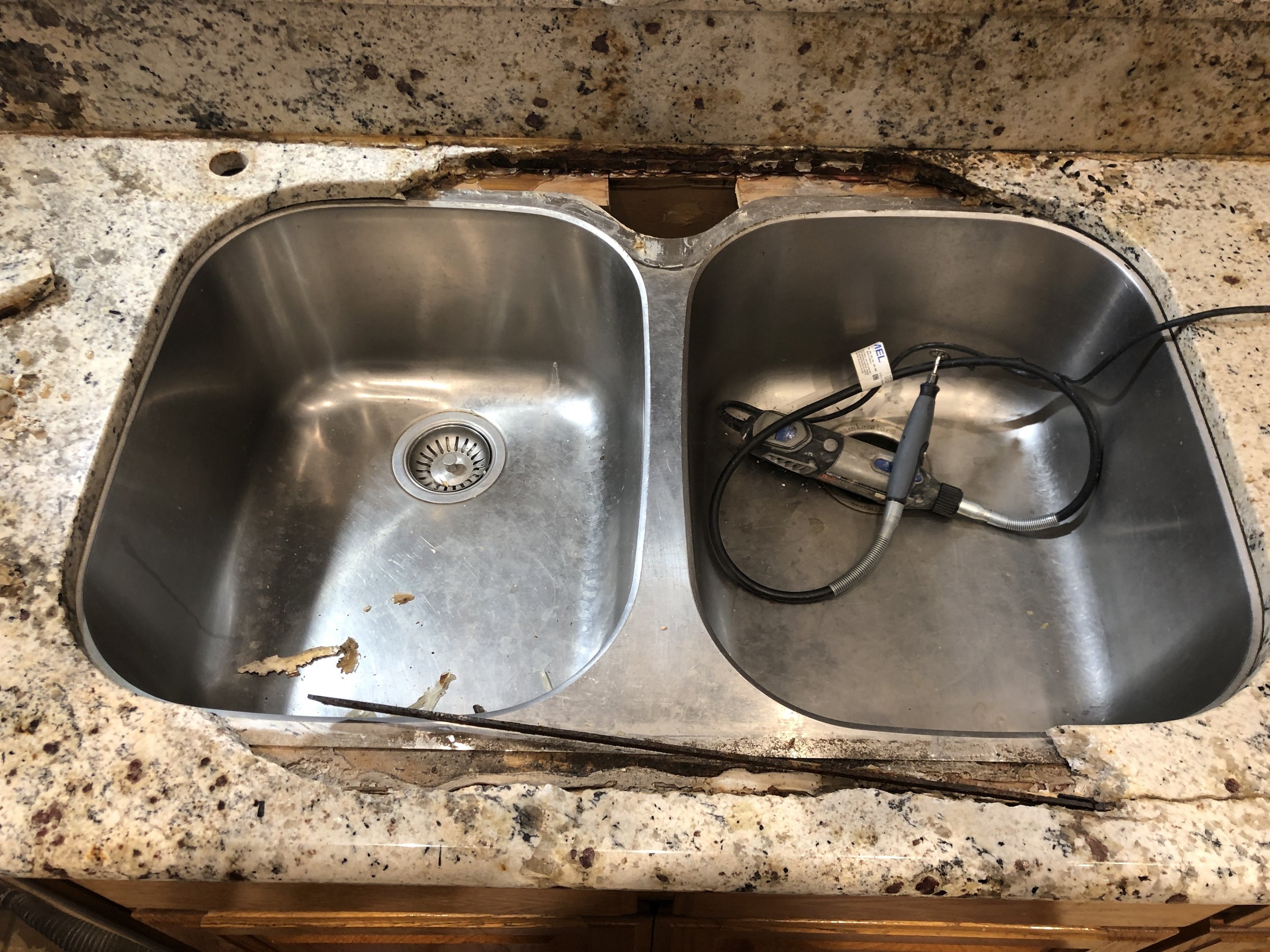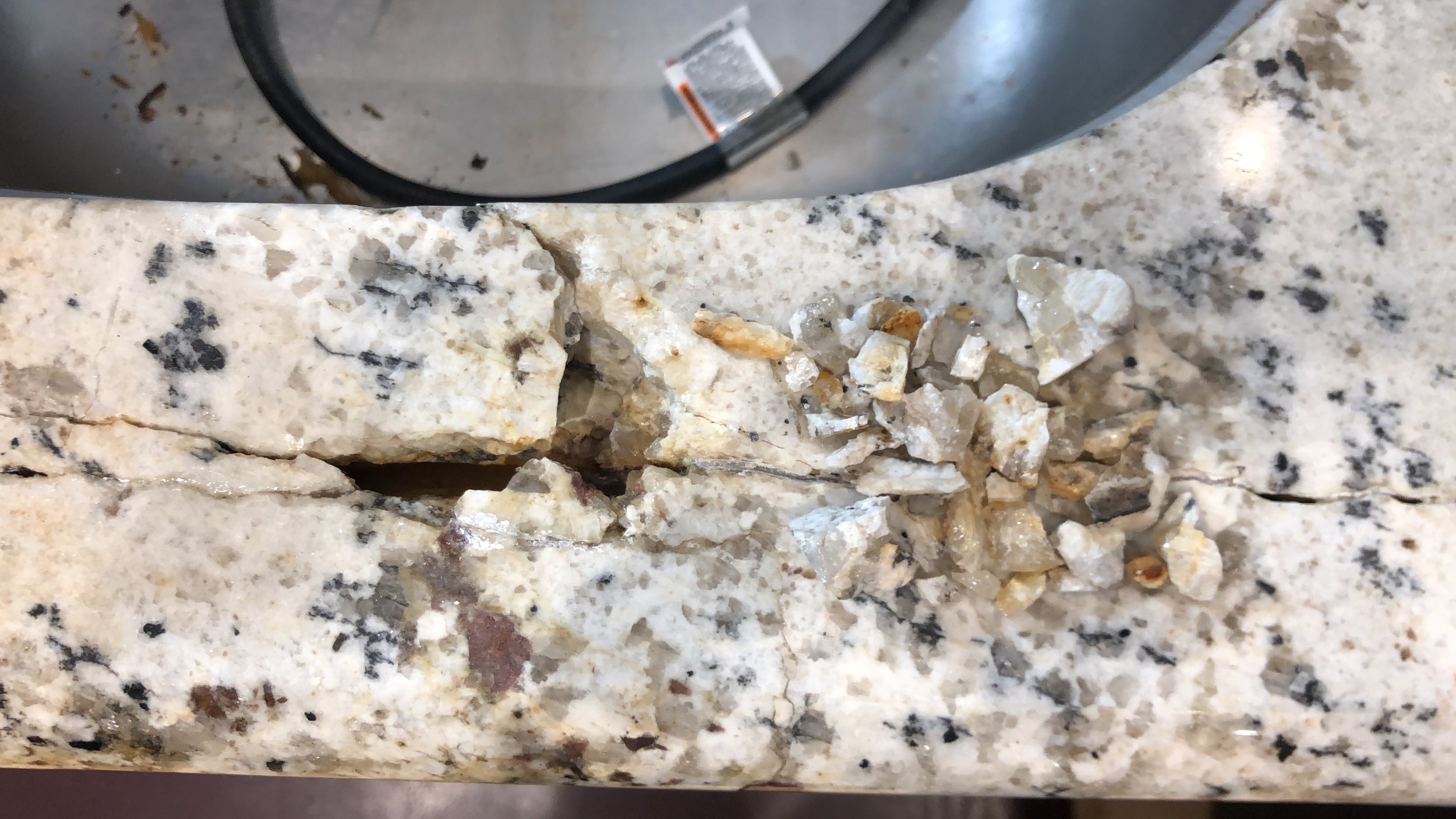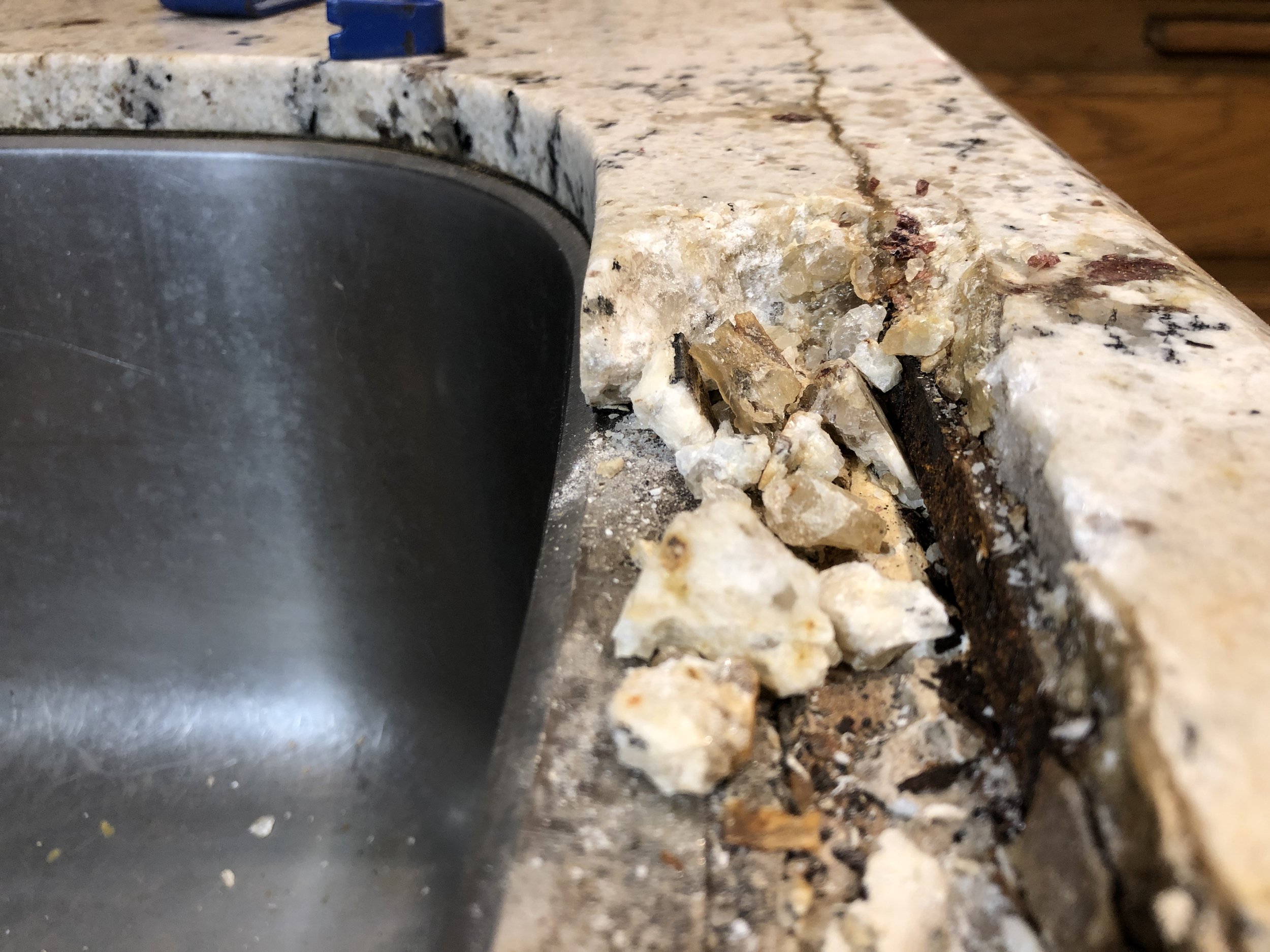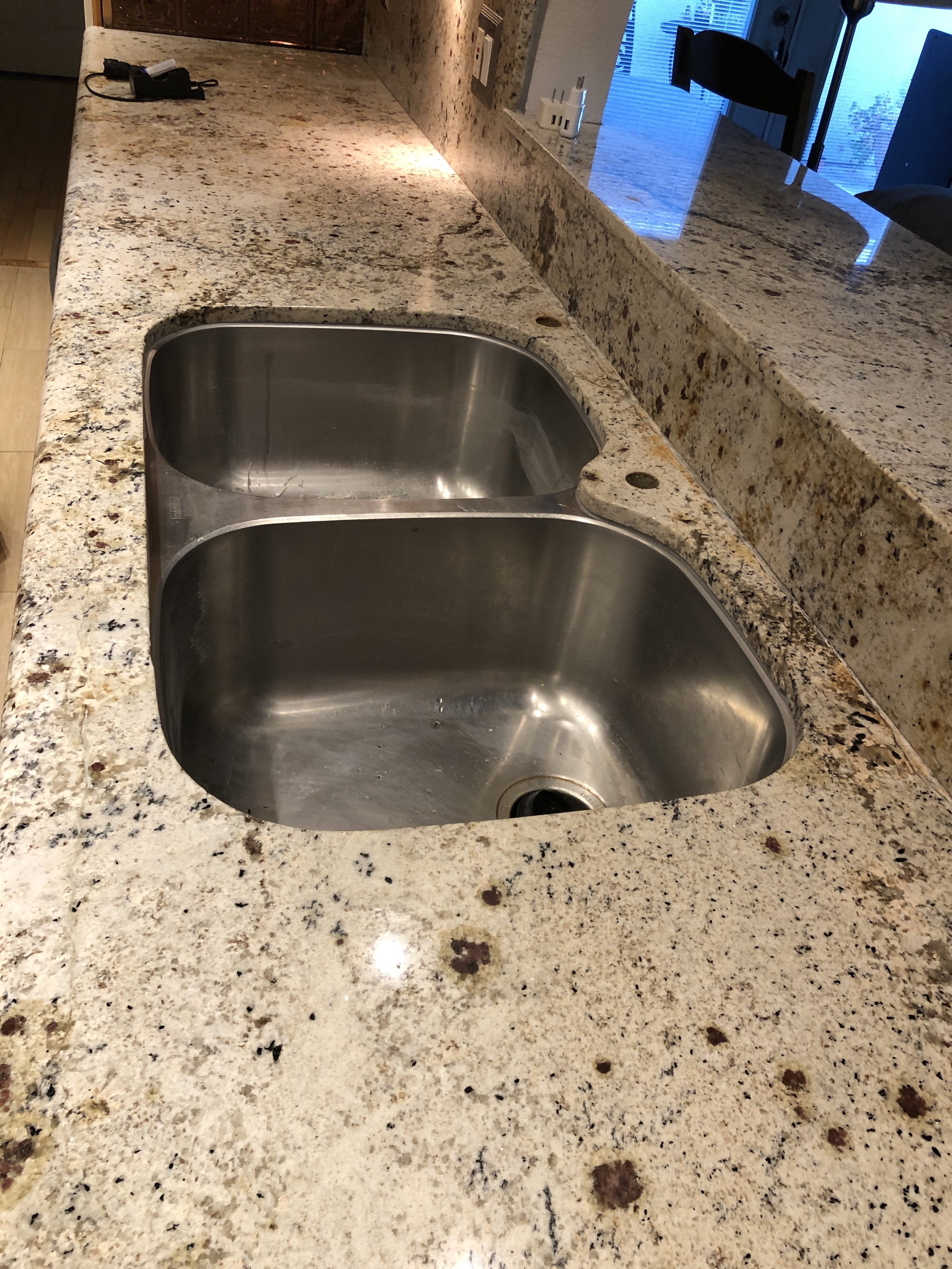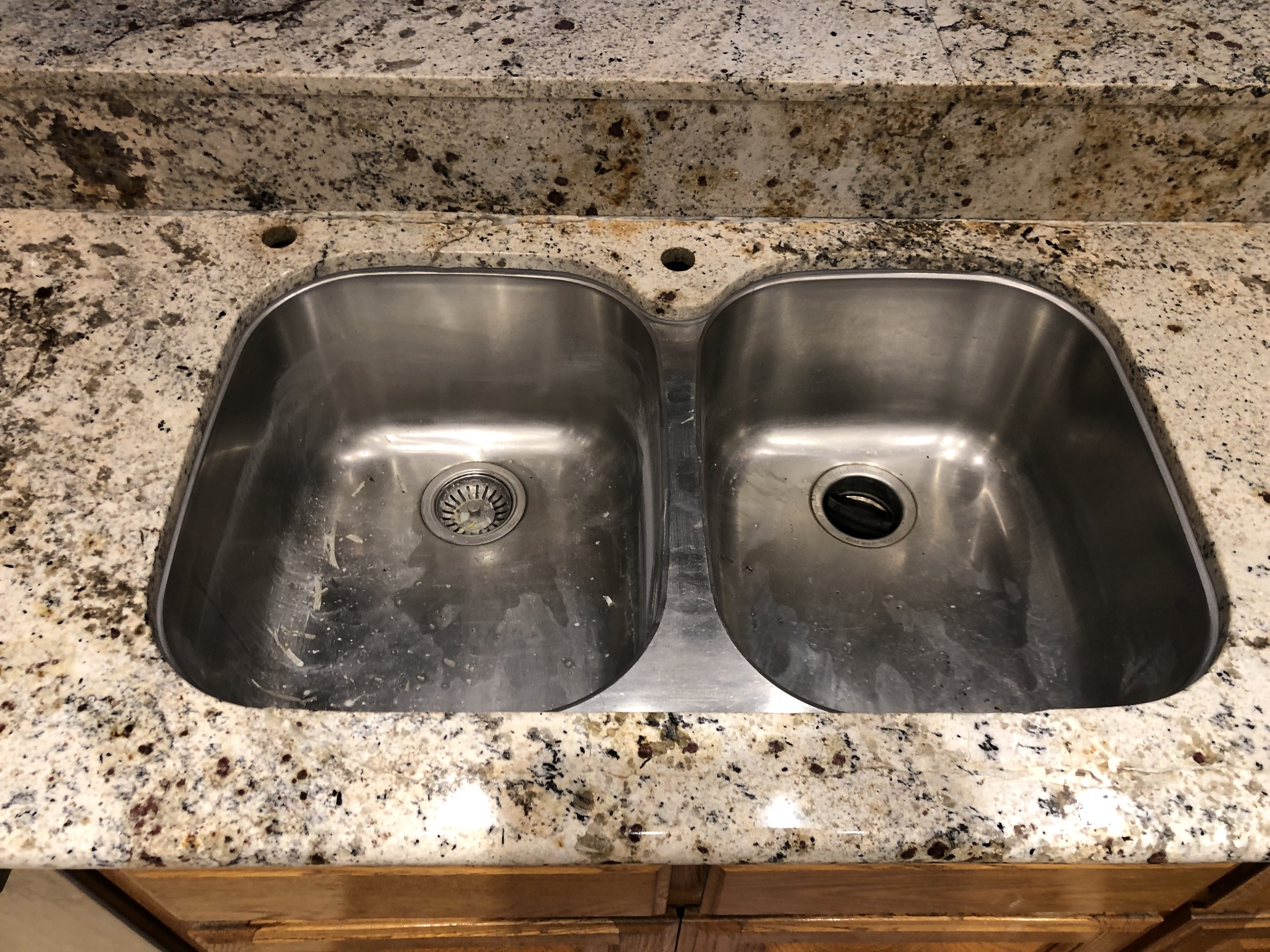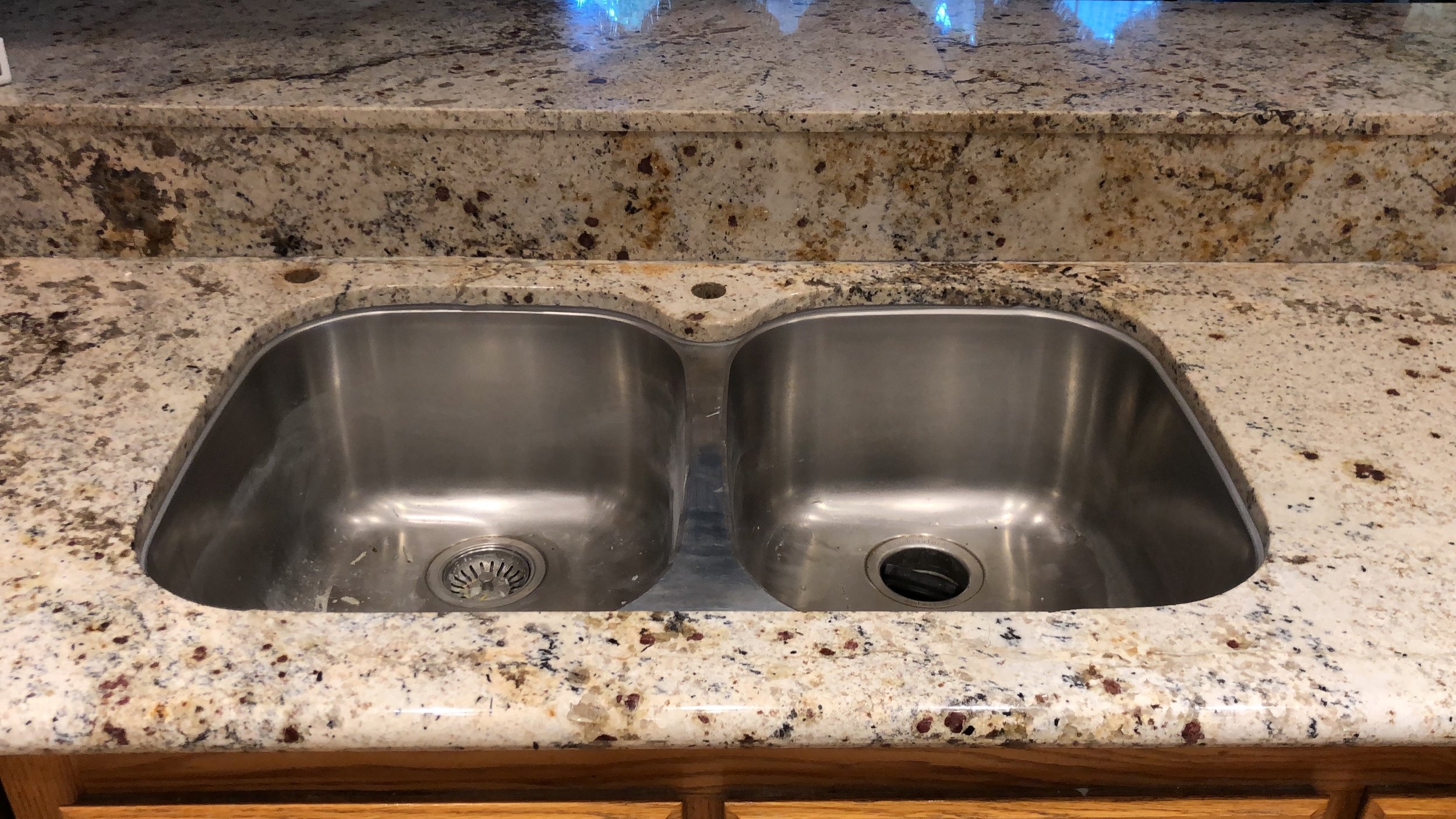Have you ever been in a situation when you look at your natural stone and wish it looked completely different, but perhaps you don't have the time or resources to completely change it? Wouldn't it be easier if you could just give your natural stone a different look altogether without having to tear it out and start over?
Or perhaps you are shopping for natural stone and you find the perfect slab, but it's not in the finish that you want. You ask yourself, is there something that can be done to change the surface from honed to polished or from polished to honed? And what about a leathered finish? It looks amazing but is expensive. Can it be achieved with any stone and anywhere?
What about all the other more custom finishes we find on tile? Bush-hammered, raked, flamed, split face. What do these all mean and where should you use them?
This article will explain the different finishes for natural stone, how they can be achieved and whether or not they might be right for your application. You will also discover what can or cannot be achieved onsite after installation.
POLISHED FINISH
Polished finish stone is often the most popular selection. It has a glamorous and elegant look and sparkles like jewelry. A polished finish stone will reflect everything around it like a mirror would.
Granite is most commonly found in a polished finish and is relatively easy to maintain since the finish will not change if properly cared for over the course of time.
Marble, limestone and travertine however are susceptible to etching, so of all the finishes available for these materials, a polished finish will be the least forgiving. This happens because marble, limestone and travertine are calcareous stones meaning that they contain calcium carbonate in them. When the calcium carbonate comes in contact with an acidic product, the the acid eats away at the calcium carbonate leaving the stone with what we call etch marks. The only way to remove etch marks is through professional stone restoration.
SATIN FINISH
Satin finish stone has a low to medium shine. If you look at the reflection of a window in the stone, the clarity of the window will be somewhat hazy. Marble, limestone, and travertine can all be found in a satin finish. A satin finish can be achieved easily after stone is installed.
HONED FINISH
When a stone is honed, that means there is no shine to it at all. This gives the stone a very natural look, and depending on the design of the space and the slab, it can even feel rustic. It will also be the most slip-resistant finish.
Marble, limestone, and travertine are the stones that are most commonly found in a honed finish. Because these stones are susceptible to etch marks as we described previously, honed finish is the most forgiving finish in these materials. This is because a honed finish is essentially one big etch across the surface of the entire material. As a result, when the material comes in contact with an acidic product, the etch mark blends in with the finish and is not as visible to the eye.
Honed granite is not as common, but it is a beautiful option. To achieve a honed finish, the pores of the granite must be opened during the refinishing process. This leaves honed granite more susceptible to staining than polished granite would be. However with regular cleaning and sealing, there should not be any issues. Granite can be honed onsite only by the most experienced technicians, and is a service that we provide at Cata Stone Care and Restoration.
LEATHERED FINISH
A leathered finish is a very unique finish for natural stone and is often one of the most expensive options. To achieve a leathered finish, the stone must be ground with special diamond impregnated brushes under extremely heavy weight. The final look is rustic and very interesting.
Most commonly, a leathered finish is done by the manufacture on the slab prior to installation. However, it can also be done on site after a slab is installed by an extremely skilled and experienced technician. The technicians at CATA Stone Care & Restoration are masters at achieving a leather finish on site after a slab has been installed.
CHANGING FINISHES FROM POLISHED TO SATIN TO HONED TO LEATHERED
If you are tired of looking at your polish countertops and wishing the awful etch marks would go away, you have nothing to be worried about! Changing the finish to a more forgiving satin or honed finish is relatively easy through stone restoration.
Or if you are ready to glam up your space, we can easily change your floors or countertops from a honed finish to a polished finish through stone restoration.
Perhaps you are ready to purchase the perfect slab, but it does not come in the finish you are looking for. We can change the finish onsite once the stone has been installed, and even clean and seal it to give it the proper protection.
Also, most stone restoration companies only change the finish of marble, limestone and travertine. This is because these are the softest stones and easiest to work with. However the experts at CATA Stone Care & Restoration take our techniques a step further and can change the finish of your granite countertops which are much harder from a honed finish to a polished finish or from a polish finish to a honed finish.
DECORATIVE FINISHES
Flamed Stone- This finish is only found on granite and is most commonly done by the manufacturer. It can only be achieved onsite by an experienced company and only if it is in a commercial, exterior environment. This is because a flamed finish is achieved by heating the granite under extreme temperatures, causing the composition of the stone to completely alter in color and texture. The final product is more rustic, faded, natural and muted.
Bush-Hammered Stone- This finish is achieved by striking the stone with a special pronged tool and with high impact to uniformly pit the stone surface. Often, the bush-hammered finish lightens the color of the stone. The overall aesthetic is more weathered, rustic and rough. This finish can be used anywhere, and is particularly helpful by being slip-resistant on the stone floor.
Raked Stone- This is a decorative finish typically only used for accent walls or where there is minimal exposure to moisture or mineral deposits. Raked stone can look very beautiful, particularly if the crystals of the stone have some sparkle in it. Like all stone, we recommend having this cleaned and sealed regularly, especially since the heavy texture can trap dirt and debris.
CONCLUSION
No matter what type of finish you are looking for, the skilled technicians at CATA Stone Care and Restoration can help you achieve it. We can help you determine what will be the best option for the outcome you are seeking.

